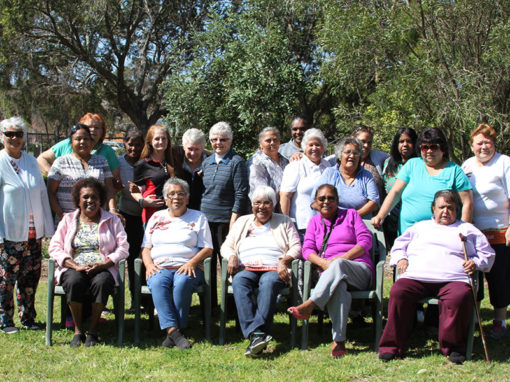7th Generation Principle
The Seventh Generation takes its name from the Great Law of the Haudenosaunee, the founding document of the Iroquois Confederacy, the oldest living participatory democracy on Earth. It is based on an ancient Iroquois philosophy that:
“In our every deliberation, we must consider the impact of our decisions on the next seven generations.”
The Constitution of the Iroquois Nation (The Great Binding Law) explains “seventh generation” philosophy as follows: “The thickness of your skin shall be seven spans — which is to say that you shall be proof against anger, offensive actions and criticism. Your heart shall be filled with peace and good will and your mind filled with a yearning for the welfare of the people of the Confederacy. With endless patience you shall carry out your duty and your firmness shall be tempered with tenderness for your people. Neither anger nor fury shall find lodgement in your mind and all your words and actions shall be marked with calm deliberation. In all of your deliberations in the Confederate Council, in your efforts at law making, in all your official acts, self interest shall be cast into oblivion. Cast not over your shoulder behind you the warnings of the nephews and nieces should they chide you for any error or wrong you may do, but return to the way of the Great Law which is just and right. Look and listen for the welfare of the whole people and have always in view not only the present but also the coming generations, even those whose faces are yet beneath the surface of the ground — the unborn of the future Nation.”
This philosophy is not unique to just the Iroquois nation. Many Native American nations, tribes and other indigenous people around the world have and still live by this philosophy
Today, The Seventh Generation Principle usually applies to decisions about the energy we use, water and natural resources, and ensuring those decisions are sustainable for seven generations in the future.
We should apply the Seventh Generation Principle to relationships – so that every decision we make results in sustainable relationships that last at least seven generations into the future.
In particular relationships between Indigenous and non-Indigenous peoples should be forged with the Seventh Generation Principle in mind, so that future relationships will be positive for many generations to come.
Iroquois Confederacy Constitution – The Tree of Peace
The Great Peacemaker used a white pine, called the Tree of Peace, to symbolize the peace established by the Iroquoian Confederacy. The branches of the Tree of Peace represented protection. A far seeing eagle sat upon the top of the tree to symbolize a warning system if the tribes were in danger. Beneath the roots of the Tree of Peace a weapon was buried which symbolized that there would be no fighting between the Iroquois tribes.
Projects, Events & Initiatives






[pin_board url=”https://au.pinterest.com/storymotive/indigenous-education/”]
Contact Us


